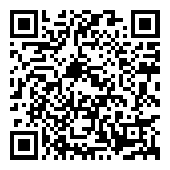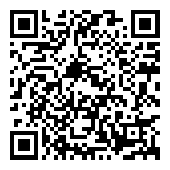1. 实时通信
1.1 轮询
浏览器周期性的发出请求,如果服务器没有新数据需要发送就返回以空响应,这种方法问题很大,很快就被淘汰
- 大量无意义的请求造成网络压力
- 请求周期的限制不能及时地获得最新数据
var xhr = new XMLHttpRequest(); setInterval(function(){ xhr.open('GET','/data',true); xhr.onreadystatechange = function(){ if(xhr.readyState == 4 && xhr.status == 200){ document.querySelector('#content').innerHTML = xhr.responseText; } } xhr.send(); },1000); 1.2 长轮询
长轮询是在打开一条连接以后保持连接,等待服务器推送来数据再关闭连接 然后浏览器再发出新的请求,这能更好地管理请求数量,也能及时得到更新后的数据
function send() { var xhr = new XMLHttpRequest(); xhr.open('GET', '/data', true); xhr.onreadystatechange = function () { if (xhr.readyState == 4 && xhr.status == 200) { document.querySelector('#content').innerHTML = xhr.responseText; send(); } } xhr.send(); } send(); 2. WebSocket
WebSocket是HTML5开始提供的一种浏览器与服务器间进行全双工通讯的网络技术
使用WebSocket,浏览器和服务器只需要要做一个握手的动作,然后,浏览器和服务器之间就形成了一条快速通道,两者之间就直接可以数据互相传送
- 节省资源:互相沟通的Header是很小的-大概只有 2 Bytes。
- 推送信息:不需要客户端请求,服务器可以主动传送数据给客户端
4. 对比

5. WebSocket实现
5.1 WebSocket服务器
var WebSocketServer = require('ws').Server; var wss = new WebSocketServer({port: 8080}); //监听客户端的请求 wss.on('connection', function (ws) { //监听客户端的消息 ws.on('message', function(message) { console.log('received: %s', message); //向客户端发消息 ws.send('server hello'); }); }); 5.2 Node客户端
var WebSocket = require('ws'); var ws = new WebSocket('ws://localhost:8080/'); ws.on('open', function open() { ws.send('hello world!'); }); ws.on('message', function(data, flags) { console.log(data); console.log('message ',data); }); 5.3 网页客户端
//创建socket对象 var socket = new WebSocket('ws://localhost:8080/'); //监听连接事件 socket.onopen = function(){ //向服务器发送消息 socket.send('hello server'); } //监听服务器端消息 socket.onmessage = function(event){ //输出服务器返回的消息 console.log(event.data); } 








